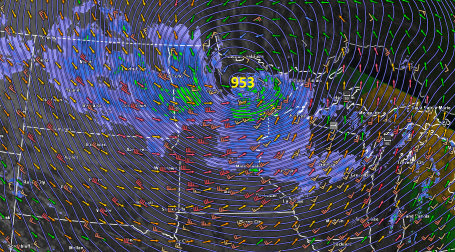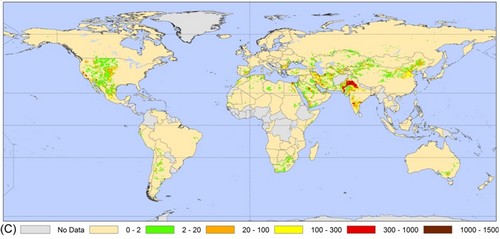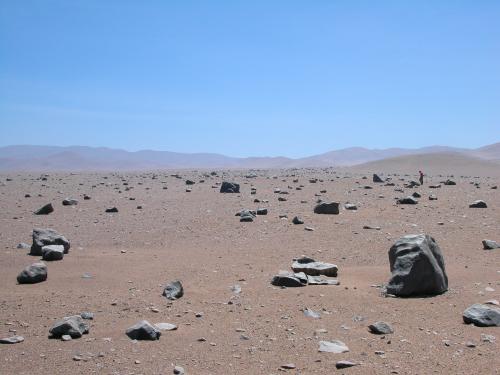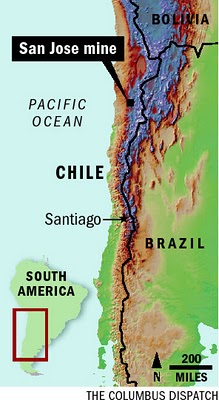While Internet connections in more remote regions of the world have improved over the years, connectivity challenges still inhibit delivery of scientific data to people who need it. This past month the situation has gotten a little better, thanks to some international collaborations involving satellite data.
Often remote places are in developing countries that lack funding for the state-of-the-art connectivity necessary for scientific information. Back in 2003, in a BAMS essay, “The ‘Information Divide’ in the Climate Sciences,” Andrew Gettelman addressed the struggles of scientists in developing countries to keep up with the rest of the world in increasingly technology driven times. In visits to a number of countries around the world, Gettelman found slow or nonexistent internet access, outdated operating systems, and other hurdles limited the ability of these scientists to keep up with the literature and access data, among other problems.
The information divide is not unique to the atmospheric and related sciences. However, because of the unique role that timely information plays in forecasting, and the need for data for climate studies, the divide may be especially critical in these disciplines. Our science is global, affects people globally, and requires global information.
Five years later Michel Verstraete of the European Commission Joint Research Centre Institute for Environment and Sustainability (JRC-IES) still found limited internet access when participating in a field campaign in 2008 to study the environment around Kruger National Park in South Africa. JRC-IES and South Africa’s Council for Scientific and Industrial Research (CSIR) joined forces to address the problem of accessing large satellite data files crucial in research related to sustainable development and other environmental studies. NASA became involved the following year, when the problem of electronic access became obvious during a workshop in South Africa on use of Multi-angle Imaging SpectroRadiometer (MISR) data.
The solution: NASA recently shipped 30 TerraBytes of MISR data directly to a distribution center in Africa. CSIR will manage the center and offer free access to researchers in the region. Verstraete, along with members of the other agencies, plans to upgrade connectivity and encourage participants to share data. Verstraete says he hopes this collaboration will strengthen academic and research institutions in southern Africa.
Adds Bob Scholes, CSIR research group leader for ecosystem processes and dynamics at NASA,
The data transfer can be seen as a birthday present from NASA to the newly formed South African Space Agency. It will kick start a new generation of high-quality land surface products, with applications in climate chance and avoiding desertification.
Last month NASA also joined up with the U.S. Agency for International Development a new node for accessing satellite and other environmental information through the web-based SERVIR system. This time the local collaboration is with the International Centre for Integrated Mountain Development. ICIMOD analyzes geophysical monitoring and predictive information and also can disseminate the information through its relationships with the region’s decision makers. Remote sensing is critical in monitoring sparsely populated, difficult-to-access mountainous areas of the Hindu-Kush-Himalaya region—which includes Afghanistan, Bangladesh, Bhutan, China, India, Nepal, Myanmar, and Pakistan. SERVIR addresses issues of land cover change, air quality, glacial melt, and adaptation to climate change and other crucial issues in the mountainous region.
As Gettelman concluded in his article:
Perhaps the most important recommendation is that, as we restructure the model of scientific communication in the information age, we ensure that it benefits the maximum number of people. The greatest gains in terms of lives saved and mitigation of the impacts of weather extremes and changes in the climate can most likely come from not just improving the state of knowledge but improving the access to existing knowledge and information by scientists, forecasters, and policy makers around the world.









